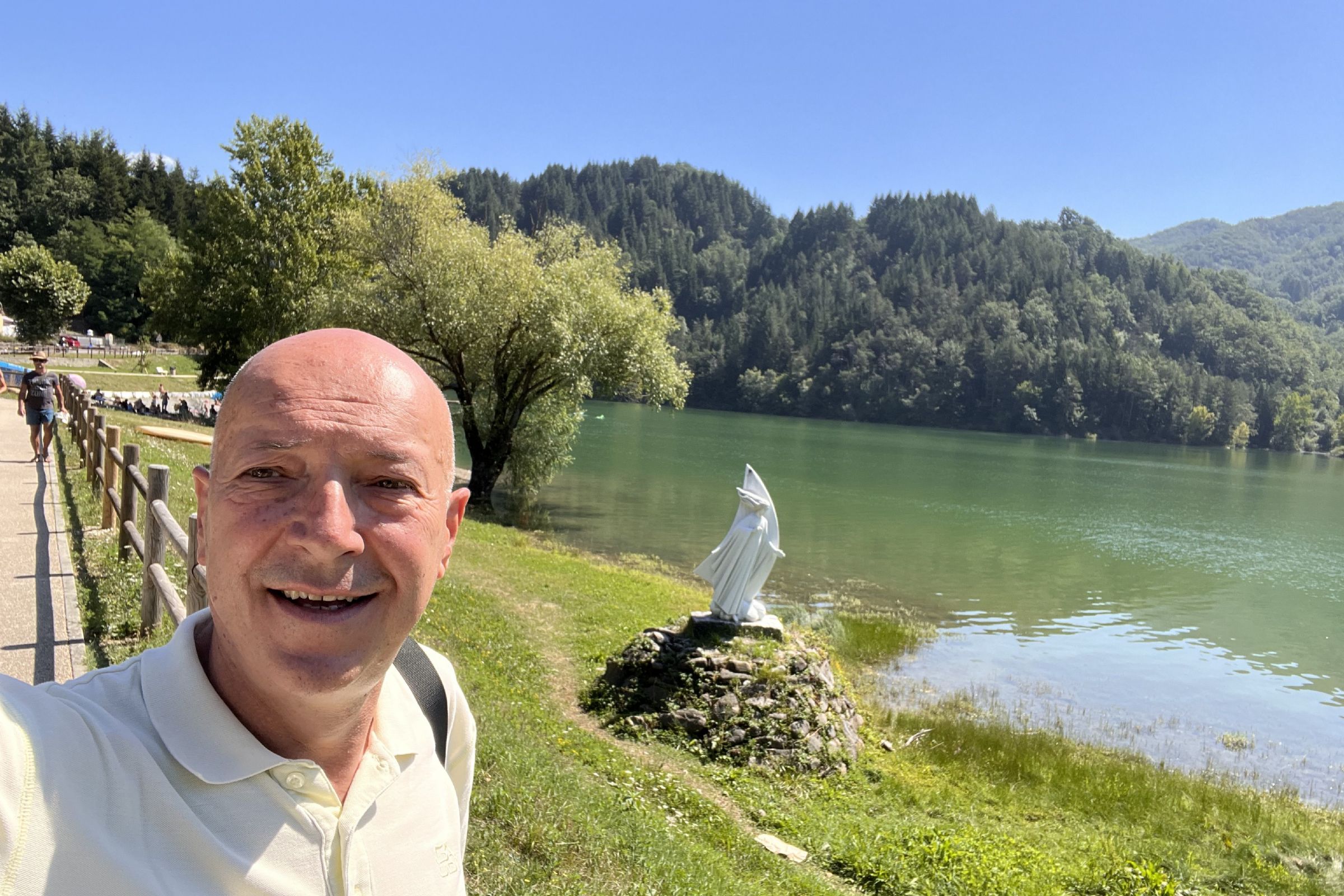Visiting Massa
Massa is famous worldwide for the activities of extraction and processing of marble from the quarries of the Apuan Alps, which are alongside those of Fivizzano, Montignoso and marble basins of Colonnata.
Vast white spots stand out among the peaks and, during the winter, are mixed up with the snow.
Today it is finally possible to visit a marble quarry is open sky in the heart of mountain.
Following a path established in the midst of evocative landscapes, the organisers will guide the visitor into a fantastic journey to discovery of the treasure of the city mass. A guided tour in one of the oldest white marble quarries worked by man, where you can retrace the history of processing and transport of marble through the centuries, from Roman cut up to modern techniques.
From Carrara city can follow itineraries for visiting the marble basins of Colonnata and Fantiscritti. The quarries are numerous and, in general, open-air and offer a show of work and imposing unique.
In the path will be displayed to visitors working of the Roman era and will be ripercorsi Middle Ages and Renaissance as trying to understand from where they had originally Michelangelo's David, Mos è or Piet à as many works of ancient and contemporary art.
Unique in their kind and of great interest for fans of sculpture are numerous laboratories artistic characteristic of the urban fabric of Carrara and countries upstream.
Do not miss the numerous exhibitions devoted to the great names in contemporary sculpture and the various events connected to the art of working with marble, during which sculptors and affirmed artists "grass" scolpiscono create and live in the squares and along the city streets.
For visitors who are interested, you can start to discover the white marble quarries beginning with the visit of the Museum of Marble in which they collected the precious exhibits that document the history dell'escavazione in the marble beds carraresi and the different stages of production and processing marble successive centuries, is divided into six sections offering an interdisciplinary approach type of artistic, archaeological, historical, scientific and educational.
